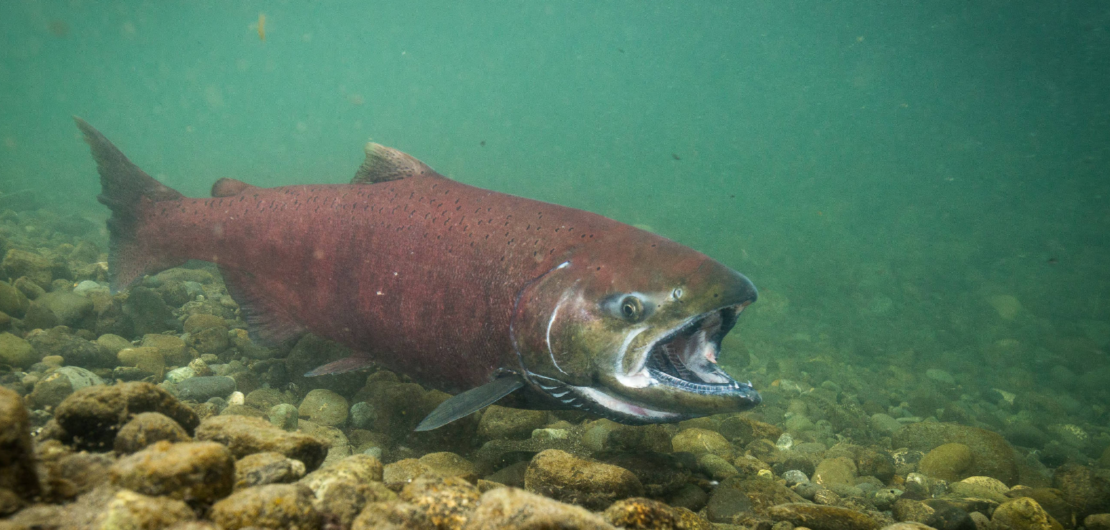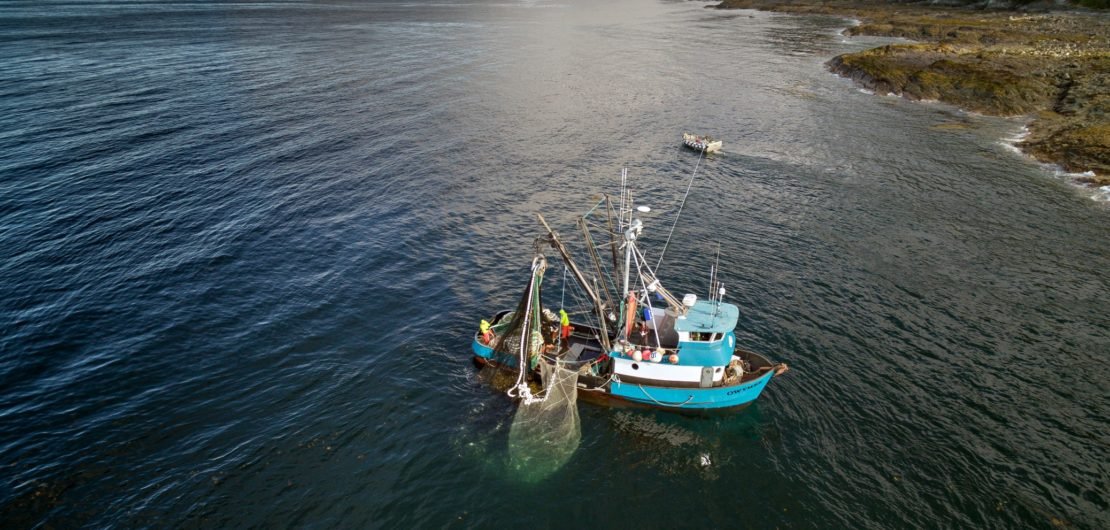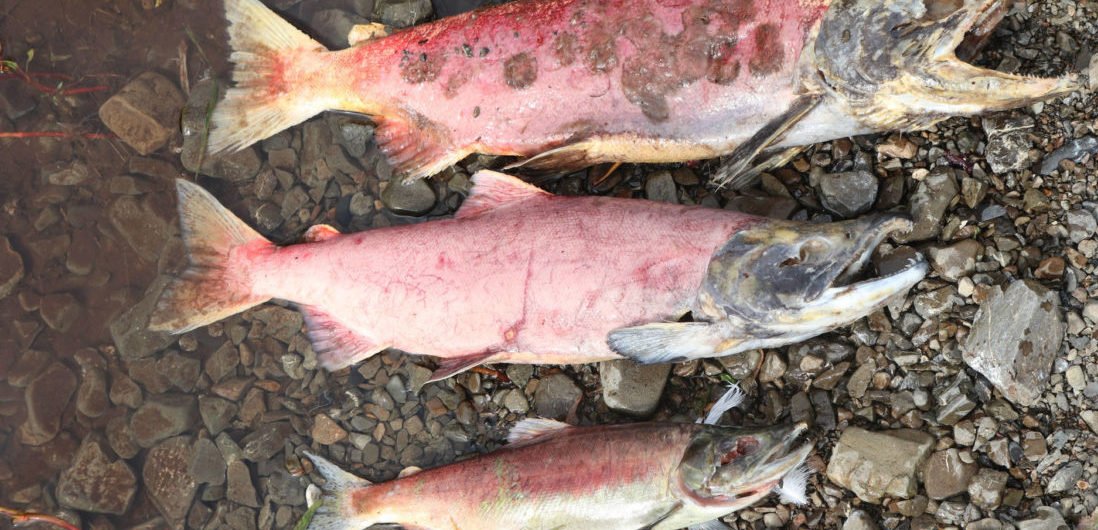Featured SalmonState Column

What climate change means for Alaska’s rivers — and king salmon
A new study has found that the answer to Alaska’s Chinook salmon decline lies not just in the ocean, but also in freshwater rivers and streams — and that climate change’s effects on Alaska’s freshwater systems are affecting king salmon.

Working for free: What’s the dollar value of wild salmon produced by the Tongass and the Chugach?
Clean air. Clean water. Deer. Moose. Blueberries. Salmon.
Alaska’s Tongass and Chugach National Forests provide many different things to the people who rely on them for food, recreation or a living, but because the forests work for free, the value of the services they provide is sometimes hard to recognize. As part of a growing movement to figure out the dollar value of those forest “products,” however, scientists for the first time have estimated the value of the Tongass and the Chugach National Forests to Alaska’s commercial salmon industry.

Short lived salmon play a role in long term survival
If you’ve fished around Frazer Lake on Kodiak Island over the last 20 years, odds are you’re familiar with jack salmon — a salmon, usually sockeye or a king, that returns to its natal stream after an abnormally short time at sea. For sockeye, that’s one year; for kings, one to two. Because jacks spend less time at sea and have less time to grow, they’re much smaller than normal.

